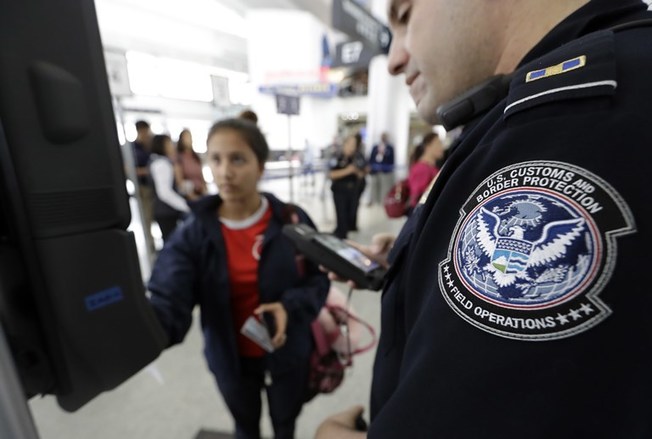U.S. Customs and Border Protection first tested facial biometric technology for exit verification in June 2016 at Hartsfield-Jackson Atlanta International Airport. They’ve since expanded biometric exit verification to 15 U.S. airports. The agency began biometric entry verification at JFK in July 2018 and has since then expanded that to 13 other U.S. airports. The idea is the same both for entering and exiting passengers: to more quickly recognize suspicious travelers. The Department of Homeland Security has partnered with the University of Arizona’s BORDERS program to develop an AI-based screening system that can identify suspicious behavior more accurately than humans can. And information technology company Unisys in March 2018 unveiled a new AI-based system called LineSight that can more efficiently screen travelers as they go through customs.
These technologies promise to significantly reduce waiting times at immigration counters and allow officials to focus on a smaller set of identified suspects instead of every person entering the country. They’re gaining traction at a time when America’s already stretched border-security apparatus is under heightened pressure because of President Donald Trump’s demands for stricter policing of the southern border and his travel ban from several Muslim-majority countries. Help from technology makes sense. But machine learning used to predict human behavior has been found to be biased in a number of ways, including against Black defendants in the courtroom, ProPublica found in 2016. Organizations like the Electronic Frontier Foundation are concerned that facial recognition and AI software will misidentify innocent people at global borders too.
Sourced through Scoop.it from: www.ozy.com



Leave A Comment